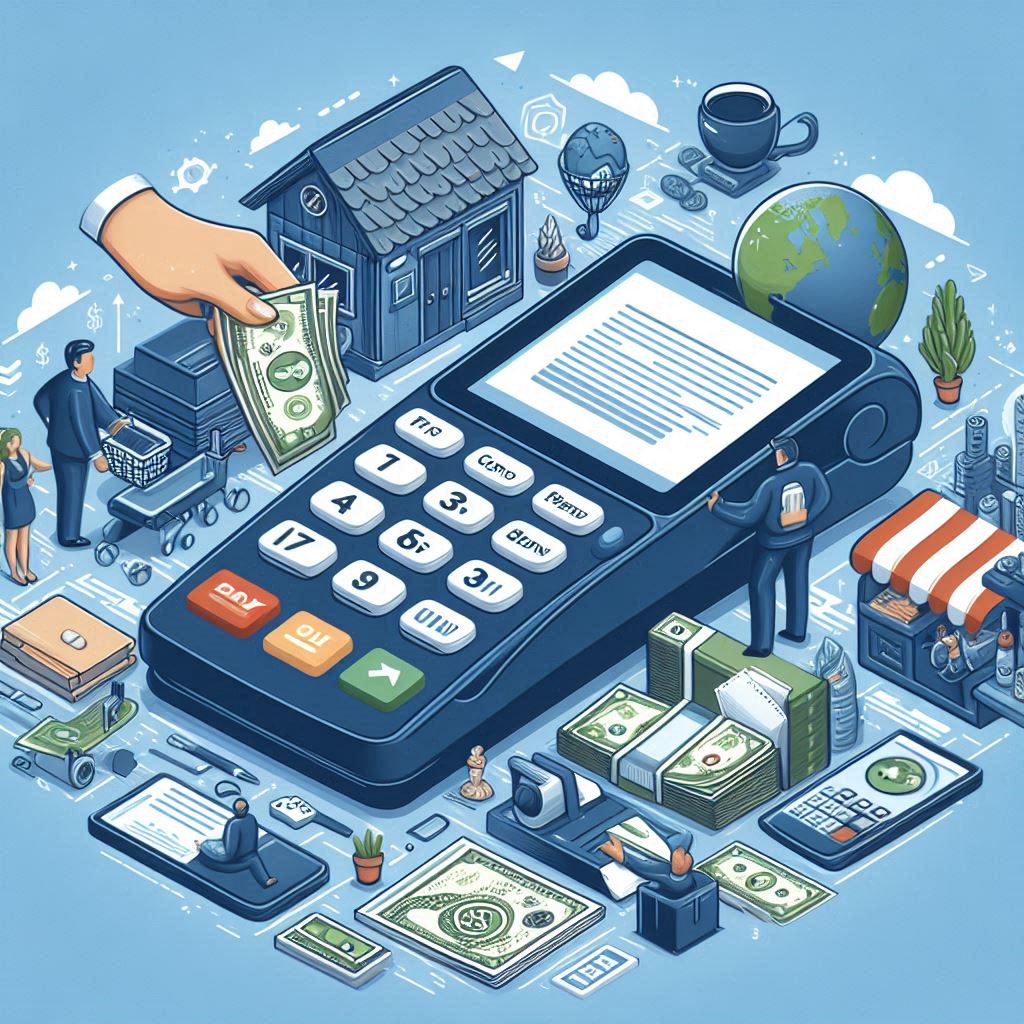Retail in 2025 is no longer just about selling products—it’s about creating an intelligent, connected ecosystem that delivers real-time value to both businesses and customers. At the center of this ecosystem is the retail POS system, which has evolved from a simple transaction processor to a hub of retail operations, data analytics, and customer engagement. In this future-forward environment, POS systems play a vital role by seamlessly integrating with a range of technologies, including Electronic Shelf Edge Labels, IoT, AI, and mobile devices.
1. The Anatomy of the 2025 Retail Tech Stack
Today’s retail environment operates more like a finely tuned software system than a traditional storefront. The 2025 retail tech stack consists of several interconnected layers, each playing a vital role:
- Retail POS System – The central node managing transactions, customer profiles, promotions, and reporting.
- Cloud Infrastructure – Enables centralized data access, live updates, and scalability.
- Electronic Shelf Edge Labels (ESELs) – Automatically update shelf prices, reducing labor and pricing errors.
- CRM and Loyalty Tools – Track and enhance customer engagement across all channels.
- AI Analytics Platforms – Analyze customer data, predict trends, and optimize decisions.
- Mobile Devices – Enable staff to assist customers anywhere and support mobile checkout.
- Omnichannel Platforms – Connect physical stores with online, social, and mobile commerce.
This ecosystem would be incomplete without a smart and connected POS system anchoring the entire operation.
The retail POS system acts as the central node, ensuring all these technologies communicate effectively.
2. Retail POS System: From Checkout Tool to Strategic Asset
Historically, the POS was a simple cash register. Today, it’s a dynamic system that integrates operations, analytics, and customer engagement. Key functions include:
- Real-Time Sales Tracking – View performance metrics as they happen.
- Inventory Management – Sync stock levels and trigger automatic replenishments.
- Multi-Location Control – Manage pricing, promotions, and stock across branches from one dashboard.
- Data Integration – Connect with ERP, HR, accounting, and other platforms.
- Employee Management – Schedule shifts, monitor performance, and control access levels.
- Omnichannel Fulfillment – Coordinate in-store pickup, shipping, and returns.
By serving as the operational core, the POS system streamlines business functions and enables real-time retail. By integrating with other tools in the tech stack, the POS ensures smooth operations across departments and platforms.
3. Integration with Electronic Shelf Edge Labels (ESELs)
Electronic Shelf Edge Labels are replacing traditional price tags by displaying digital pricing and product information on shelves. When connected to the retail POS system, ESELs provide several advantages:
a. Instant Price Synchronization
Price changes made in the POS reflect instantly on ESELs, ensuring consistency between what’s on the shelf and what’s at checkout.
b. Labor Cost Savings
Store associates no longer spend hours replacing paper tags, allowing them to focus on service and stock replenishment.
c. Promotional Agility
Time-sensitive discounts and promotions can be rolled out instantly and uniformly across multiple locations.
d. Sustainability
ESELs drastically reduce paper usage and waste, aligning with green business goals.
This integration improves pricing accuracy, boosts efficiency, and enhances customer trust.
4. Enhancing Customer Experience with Seamless Technology
The retail POS system in 2025 is designed to power seamless, personalized experiences:
- Unified Profiles – Combines purchase history, preferences, and loyalty points.
- Mobile Checkout – Enables staff to assist and check out customers anywhere in-store.
- Contactless and Voice Payments – Speed up the checkout process.
- Personalized Promotions – AI within the POS system suggests tailored deals based on customer behavior.
With ESELs showing real-time offers and the POS delivering personalized engagement, customers receive consistent experiences across every in-store touchpoint.
5. Driving Efficiency and Inventory Accuracy
Retailers need fast, accurate inventory data to compete in today’s landscape. The POS system integrates with smart inventory tools to:
- Track stock levels in real time
- Trigger auto-replenishment for fast-moving products
- Forecast demand using AI
- Reduce shrinkage through real-time reporting and alerts
The addition of ESELs further improves accuracy by linking the digital shelf with live inventory data.
6. Supporting Omnichannel and AI-Driven Decisions
As customers move fluidly between channels, the POS system provides a unified view of the customer journey. It supports:
- Buy Online, Pick Up In Store (BOPIS)
- Reserve in Store
- Ship-from-Store
Additionally, AI-powered analytics within the POS system help retailers forecast demand, optimize staffing, and plan promotions based on predictive data. This enhances agility and improves business outcomes.
7. Scalability and Cloud Connectivity
Modern POS systems are cloud-based, allowing retailers to:
- Scale across multiple locations easily
- Access reports and dashboards from anywhere
- Maintain data integrity and security
- Integrate quickly with third-party tools
Whether a single store or a global chain, the cloud-based retail POS system adapts to evolving business needs with ease.
Conclusion
In the retail landscape of 2025, the POS system is no longer a standalone tool—it’s the command center of retail operations. Integrated with advanced technologies like Electronic Shelf Edge Labels, AI, and mobile tools, the retail POS system empowers stores to deliver smarter experiences, boost operational efficiency, and stay competitive in a digital-first world. Retailers who prioritize POS innovation today will be the ones who lead tomorrow’s tech-enabled marketplace.







